File:Tallis – If ye love me.ogg A setting of John 14:15–17
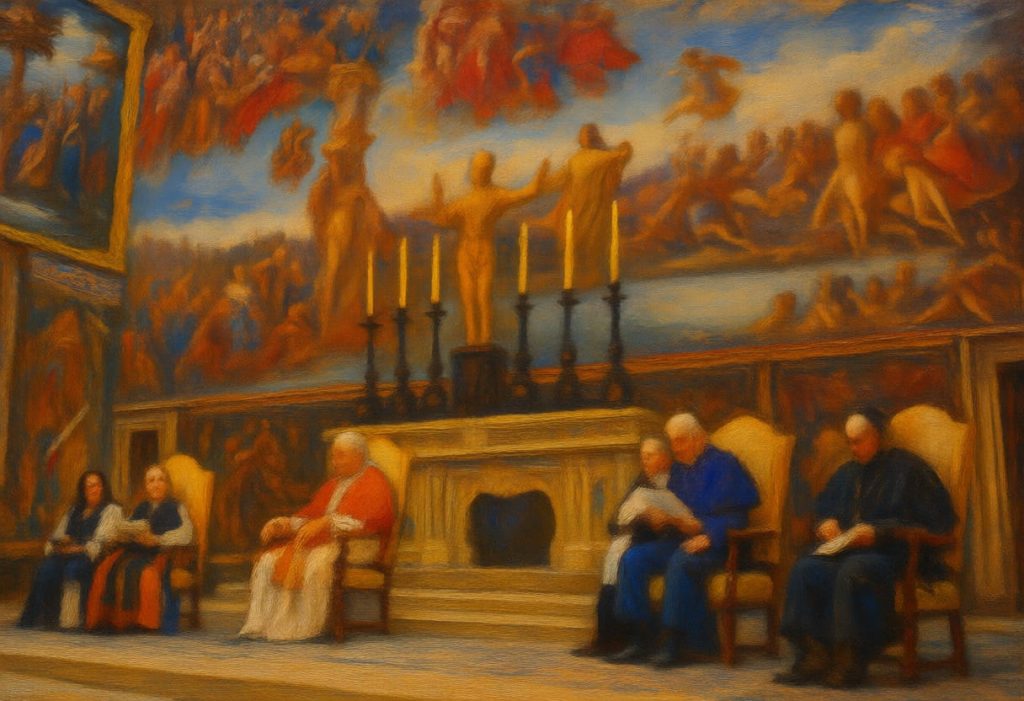
Today, in the sacred heart of the Vatican, a moment of divine destiny unfolded that will echo through eternity! Oh, the sacred, divine call to Christian unity and ecumenism! A luminous beacon of hope and love tearing down walls of division that have long cursed our world! It is the heartfelt cry of every believer yearning for one glorious, harmonious Body of Christ, where brothers and sisters from every tradition, race, and nation come together in unbreakable bonds of compassion and understanding! Pope Leo XIV King and Charles III and Queen Camilla participated in a midday prayer service in the Sistine Chapel during their official state visit to the Vatican, representing a significant milestone in Anglican-Catholic relations.To celebrate the divine unity that Christ fervently desires for His beloved Church!
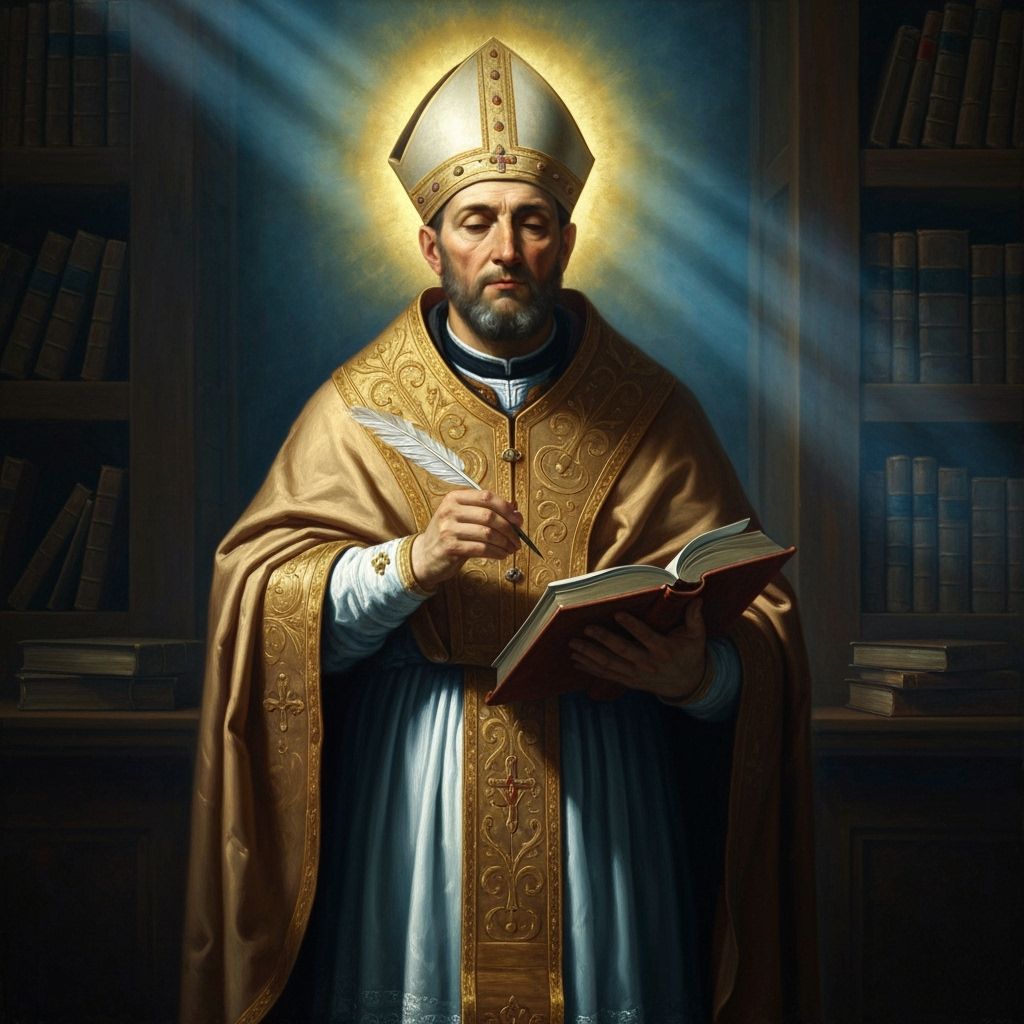
From the very first notes of the soul-stirring opening hymn of the prayer service, “Come, Holy Ghost, Who Ever One” The hymn’s majestic words, originally composed by the venerable St. Ambrose of Milan—an illustrious Doctor of the Church whose wisdom continues to shine like a guiding star—
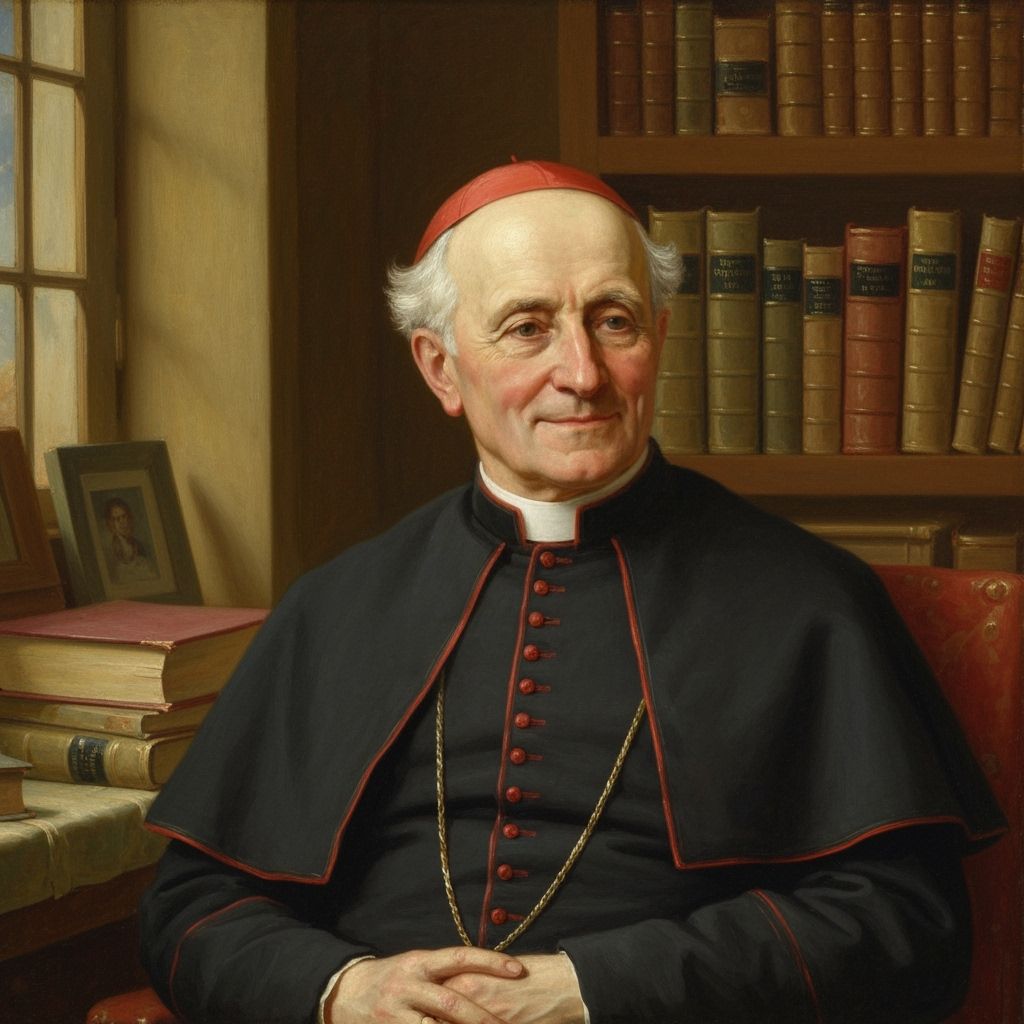
Translated into English by the venerable St. John Henry Newman, a man whose journey from Anglican beginnings to devout Catholicism embodies a tumult of passion, conviction, and divine longing for unity among God’s children! A beacon of faith and perseverance, this profound testament heralds a monumental moment in history—Pope Leo, with divine authority and unwavering conviction, will will elevate St. John Henry Newman the radiant light of the 19th-century to the glorious rank of Doctor of the Church on November 1st! How fervently we pray that this divine light ignited by Newman’s life and words burn brighter still, guiding us all toward the eternal unity for which Christ laid down His life!

King Charles was moved beyond words as he stood in humble awe at the extraordinary theologian Newman’s canonization in 2019—an act of reverence that stirred the very depths of his royal soul. But that was only the beginning! Recently, in an act of unparalleled reverence and admiration, he became the first British monarch to step into the Birmingham Oratory—an oasis of faith, founded by Newman himself in 1848—a sanctuary where heaven and earth collide in divine harmony.
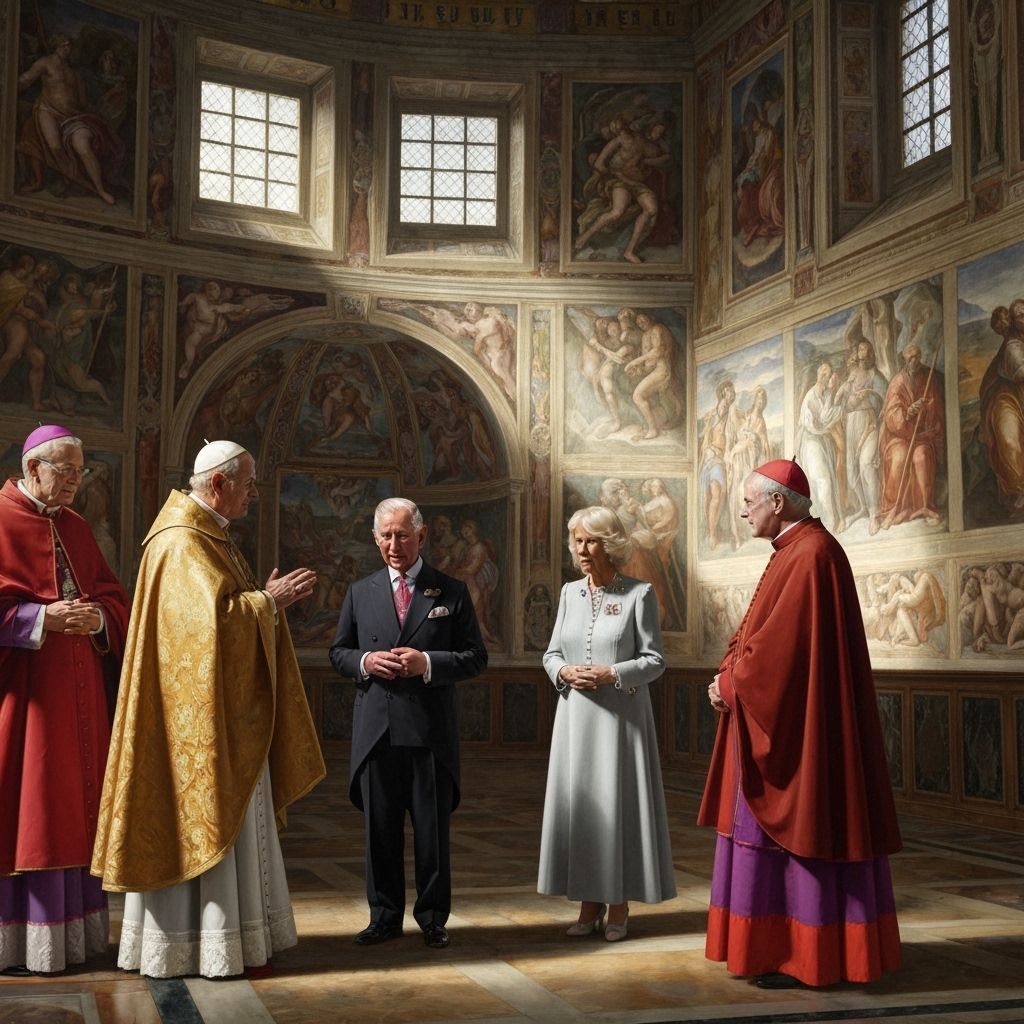
The Pope and Archbishop of York Stephen Cottrell led a midday prayer. During the prayer, three choirs sang verses of Psalms 8 and 64 in Latin and English. The Gospel reading was from St. Paul’s Letter to the Romans (8:22–27)The Michaelangelo’s frescoed chapel was filled with a number of ecumenical guests, including the Archbishop of Westminster Cardinal Vincent Nichols, and the Archbishop of St Andrews and Edinburgh, Leo Cushley, representing the Scottish episcopate. This magnificent assembly stands as a powerful testament to the divine bond forged between the venerable Vatican and the proud, noble United Kingdom—an eternal promise of brotherhood and spiritual kinship!
And oh, how our spirits soar with joy and reverence to fulfill the most heartfelt wish of the beloved King Charles! His soul has passionately yearned for genuine interfaith harmony, for bridges of understanding built on compassion, respect, and divine grace.
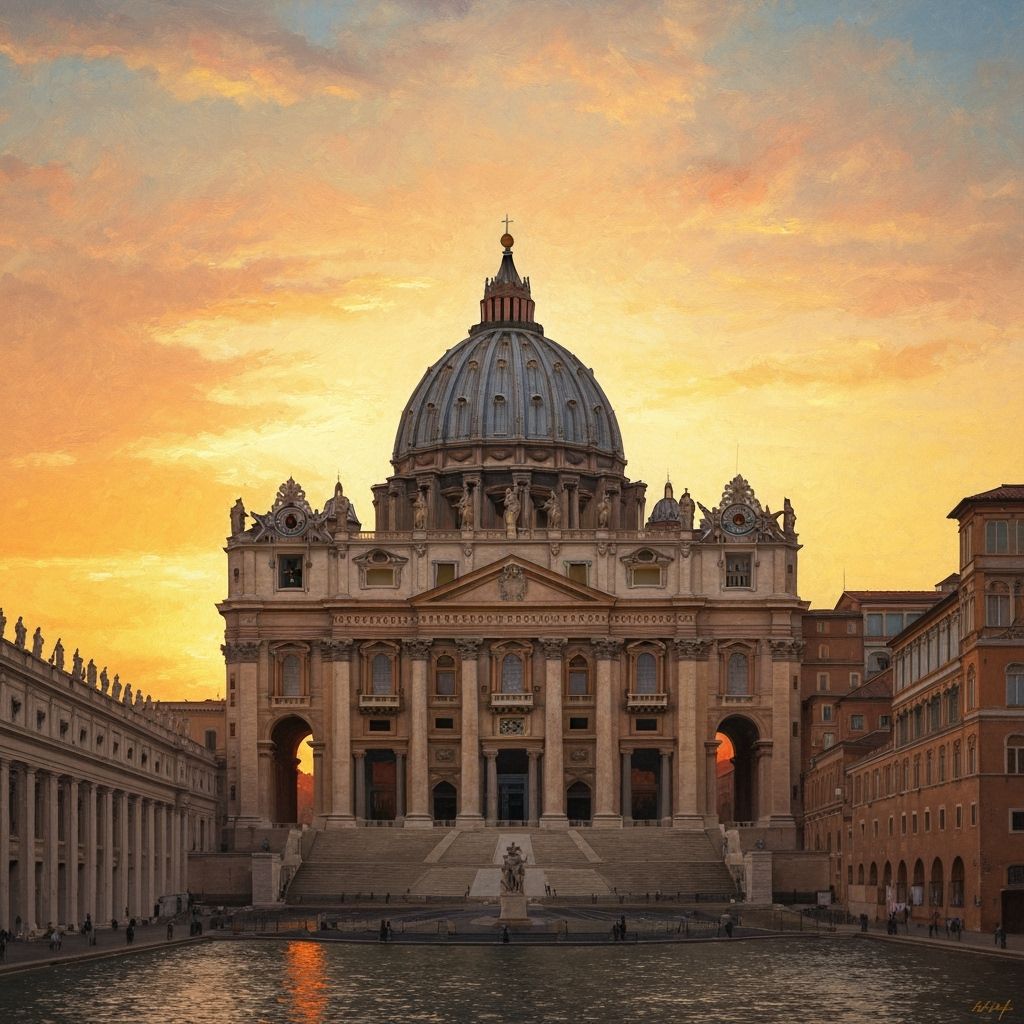
Today, we unite our voices in fervent prayer, igniting a divine fire of hope that transcends borders, cultures, and beliefs—an unbreakable cosmic embrace of faith, love, and unwavering brotherhood! A stronger relationship between the Roman Catholic Church and The Church of England is a “bulwark against those promoting conflict, division and tyranny,” said a statement from the King’s spokesman from Buckingham Palace.
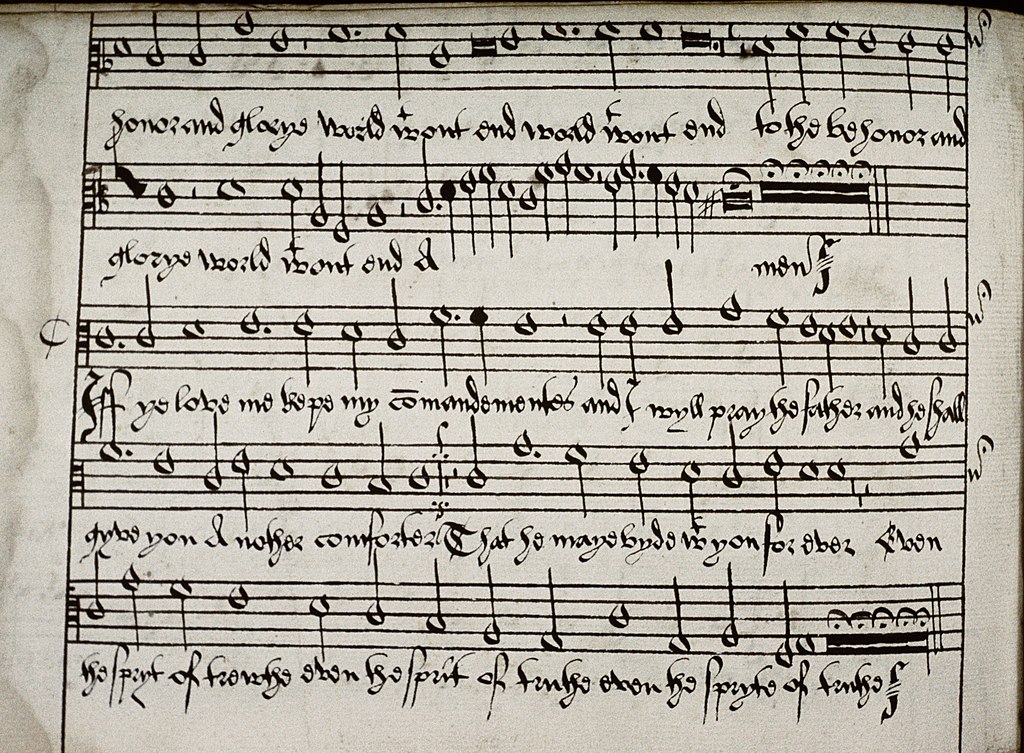
Thomas Tallis’s soul-stirring hymn, “If ye love me,” was sung with a passion so pure, so profound, that it shook the very foundations of history! This was not merely a performance—it was an eruption of hope, a glorious chorus of reconciliation, a celestial tapestry woven with tears of joy and dreams of unity!
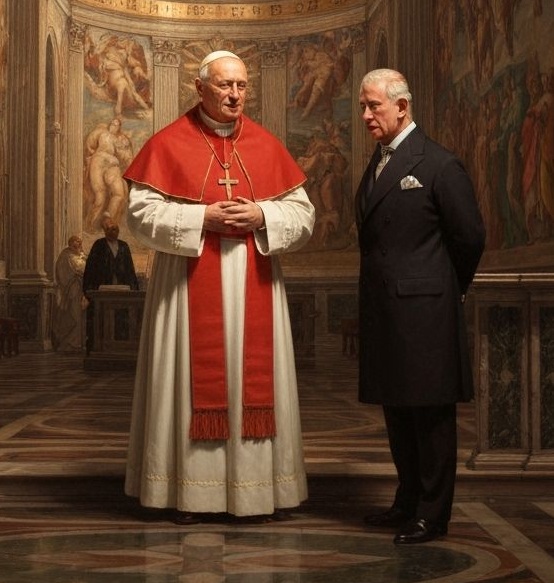
Imagine, the air thick with reverence, Pope Leo XIV and King Charles III stood shoulder to shoulder, their spirits lifted in unison by the heavenly voices that poured forth. A divine tapestry woven from tears of overwhelming joy so radiant they shone brighter than a thousand suns, shimmering with unbreakable, unquenchable dreams of unity and love!
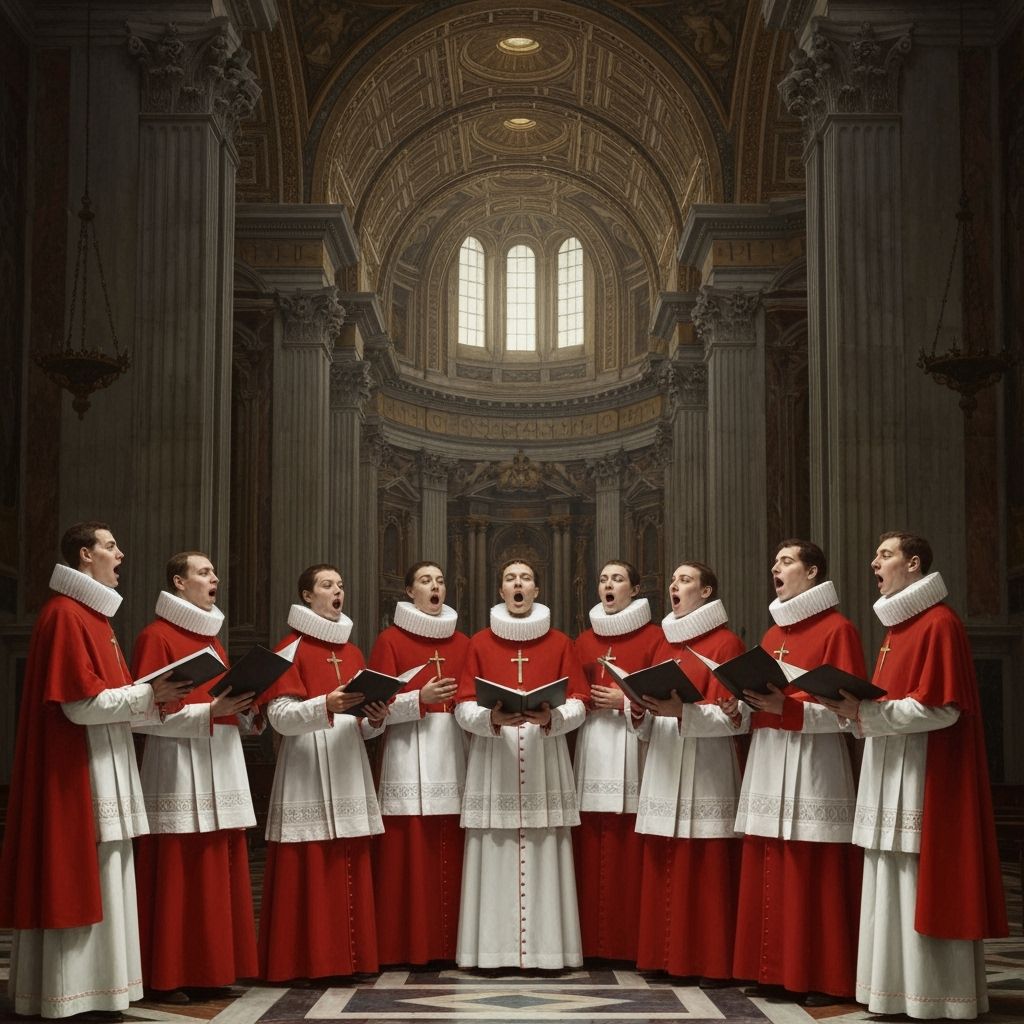
In an overwhelming surge of divine communion, the sacred space of the chapel burst into a maelstrom of heavenly voices, reverberating with an unutterable passion that stirred the very depths of the soul! The air was electrified with the soul-stirring melodies of The Sistine Chapel Choir Rome, one of the three choirs voices surged forth not simply as a performance, but as an indescribable explosion of hope that blasts through the very universe! A magnificent, soul-shaking chorus of reconciliation that sparks fire in the heart and ignites the spirit! A celestial tapestry, woven with tears of pure, overwhelming joy and shimmering with unbreakable dreams of unity!
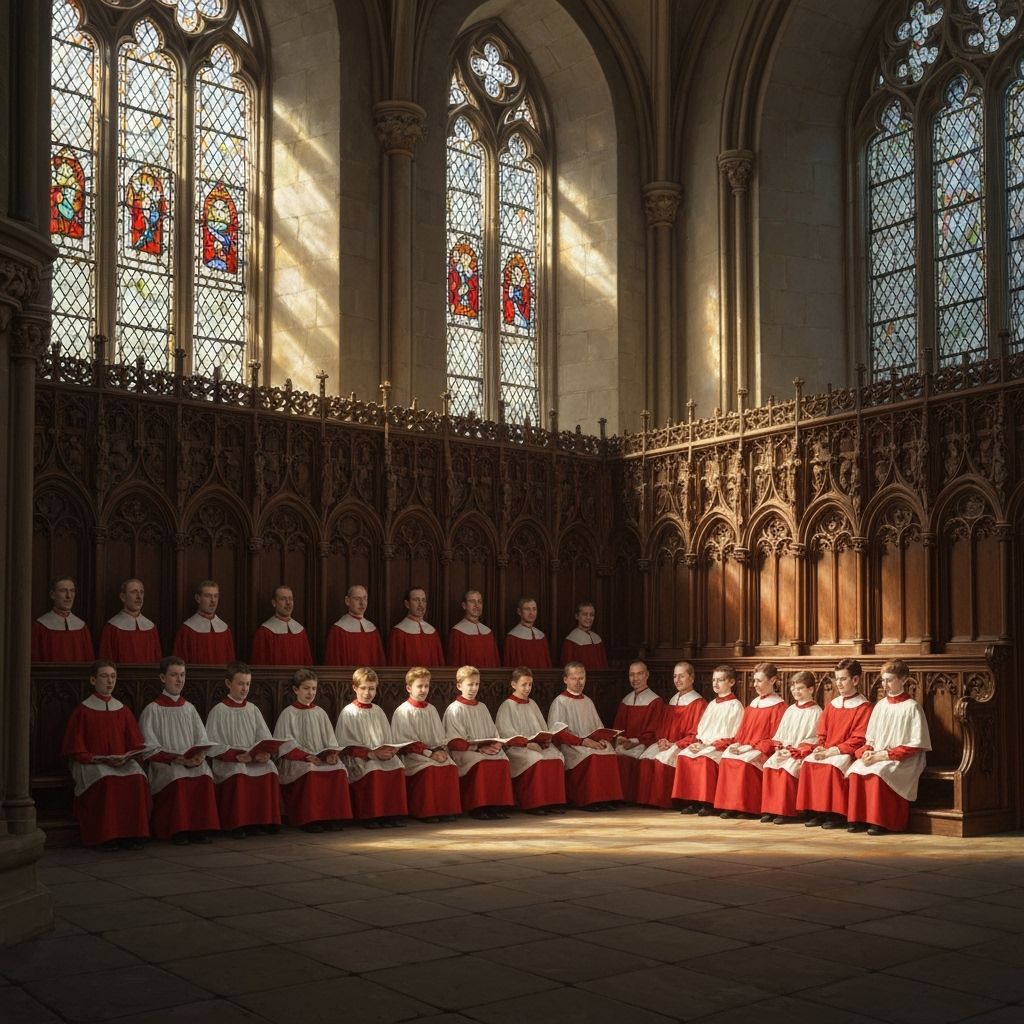
Along side them were the Lay Clerks of St. George’s Chapel at Windsor Castle, their voices trembling with reverence and devotion—each note a testament to centuries of faith, loyalty, and unwavering love! dulcet tones delivered an unstoppable, colossal wave of ardour that dared to defy all odds, charging forward with unrelenting conviction for a brighter, more beautiful tomorrow! A majestic symphony of love so powerful, so fierce, that NOT even the mightiest storm can silence its resounding cry—because it lives in our hearts, unbreakable and eternal!

Alongside them, the innocent, awe-struck Children of the Chapel Royal of St James’ Palace, invited by none other than King Charles and Queen Camilla, whose gracious hearts amplified the sacredness of this moment! poured forth their pure, untainted devotion, their voices soared like angels caught in a celestial chorus— whose voices decanted a breathtaking, soul-ripping chorus, flames of passion licking at the heavens, igniting every fiber of our being with fierce, burning desire!
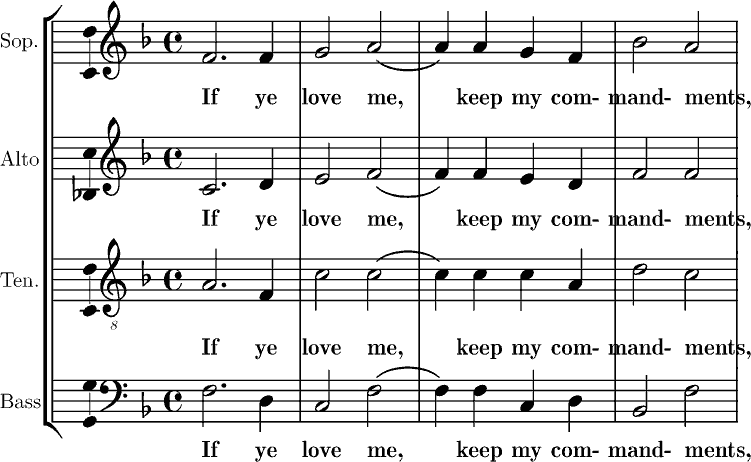
So, in that hallowed space, amid the hallowed echoes of centuries past, the voices together, conjured the soul-stirring echoes of Tallis’s 16th-century English anthem, voices that soared with the fervor of angels, lifting the spirit of humanity to heights unknown.
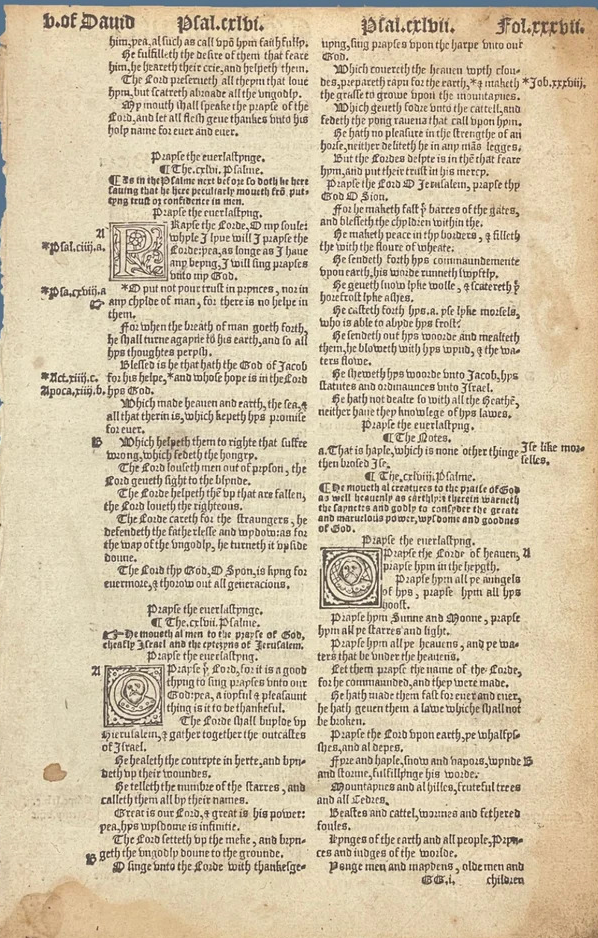
Other sections of the service resonated with the soul-shattering power of divine inspiration, as verses from Psalms 8 and 64 were woven into the sacred tapestry—each line sung in both Latin and English with profound reverence. These sacred words, dripping with raw emotion and eternal longing, echoed through the hearts of all present, lifting spirits to heavenly heights and stirring an uncontrollable wave of awe and gratitude that could pierce even the darkest of souls.

This was not merely a performance; it was a divine revelation, a sacred bridge connecting the heavens and the earth, igniting hearts with a passion so fierce, so profound, that it echoed through eternity.
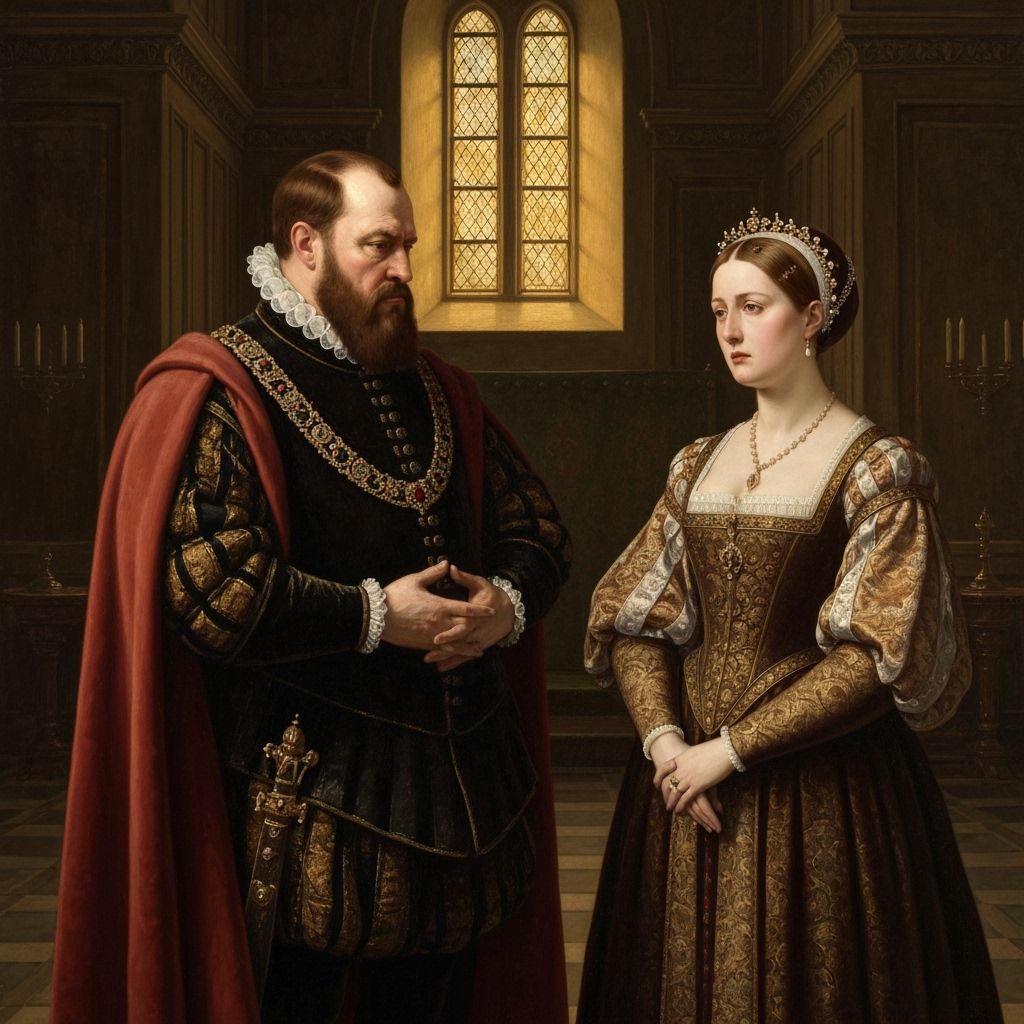
The performance was part of a historic ecumenical prayer service between the Church of England and the Roman Catholic Church, the first of its kind in nearly 500 years. Henry VIII’s separation from the Roman Catholic Church, initiated by Parliament between 1533 and 1536, was primarily driven by his desire to annul his marriage to Catherine of Aragon who had falied to provide him a male heir so as to to marry Anne Boleyn, a request which Pope Pope Clement VII was unwilling to approve.

In a burning surge of forbidden love and reckless defiance, Henry, driven by a desperate, heart-stopping yearning that consumed every fiber of his soul, clandestinely wed Anne Boleyn, defying the mighty, unyielding grip of the Catholic Church itself! His soul shattered and his spirit torn asunder, this act of daring passion tore him from the sacred embrace of the Church—excommunicated, cast out into the cold, unforgiving darkness—lost in a tumult of love, rebellion, and the devastating consequences of following his heart!
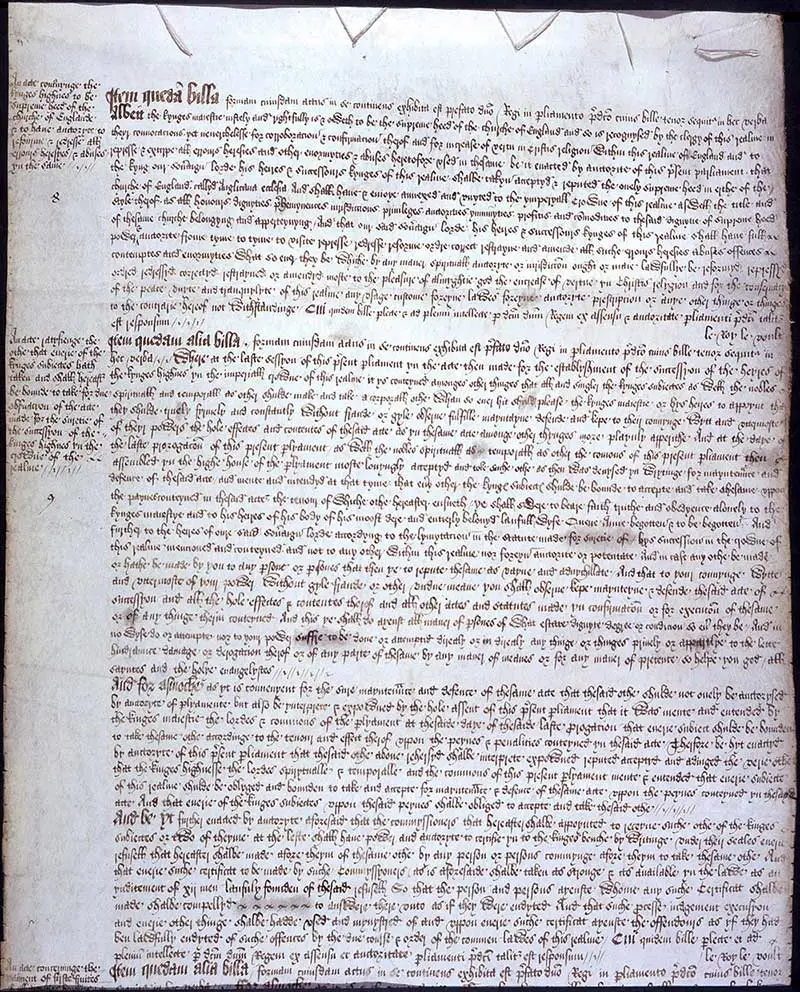
This situation prompted a period of significant religious transformation in England known as the English Reformation, initiated by Parliament between 1533 and 1536. The most notable legislative outcome was the Act of Supremacy in 1534, which established Henry VIII as the Supreme Head of the Church of England, effectively severing England’s ecclesiastical ties with Rome and transferring substantial religious authority, land, and wealth—including monastic properties—to the Crown.
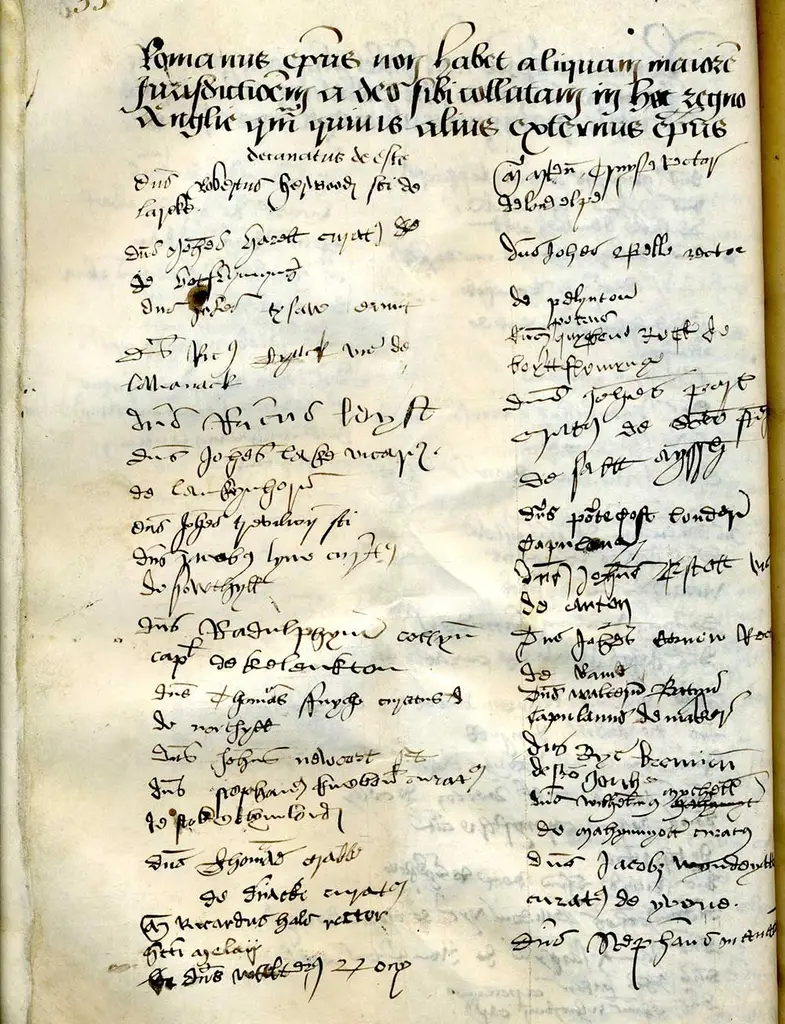
Behold the thunderous echo of a nation’s fervent cry for liberation! The sacred vaults of the church tremble as brave souls, fueled by an unquenchable fire of conviction, inscribe their defiant signatures—each a blazing testament to their unwavering resolve! In 1534, amidst the tumult of change, noble men and women from the heart of Canterbury’s mighty province rise with blazing hearts to renounce the oppressive shadow of the Pope’s ancient supremacy. These signatures—two mighty columns—stand as indelible witnesses to a revolution of the soul!

These acts of surrender, these acknowledgements of Henry VIII’s mighty supremacy, echo the tumultuous battle for sovereignty and faith. They mark a seismic moment in history: the bold declaration that the Church of England shall no longer be shackled by papal dominion! With every name from the proud Deaneries of East and West in Cornwall, a storm of rebellion erupts against centuries of tyranny. The very ink drips with passion and defiance, capturing the spirit of countless individuals willing to sacrifice everything for freedom! Through these sacred documents—the signatures, the renunciations—we trace the fierce flames of dissent igniting across England, linking countless souls who dared to stand against the oppressive silence of the past
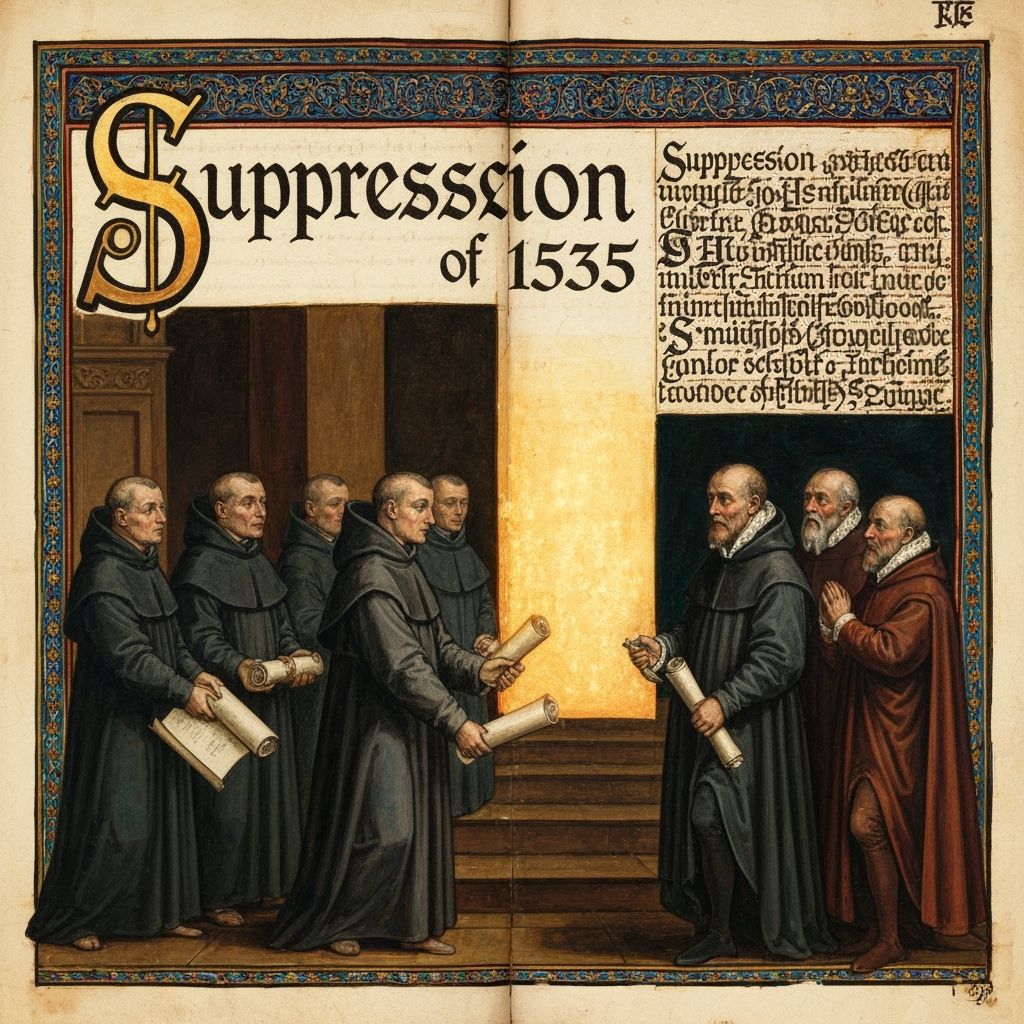
Oh, the heartbreaking, soul-shattering moment when the very sanctuaries of faith and devotion—the monasteries—were unjustly torn apart! In a wave of brutal legislation, driven by reckless ambition and ruthless power, these sacred havens were obliterated by two devastating Acts of Parliament. First, the cruel and unforgiving Suppression Act of 1535 plunged these holy walls into despair, stripping away centuries of prayer, hope, and spiritual refuge.

And just when the wounds had barely begun to heal, the merciless Second Suppression Act of 1539 crushed what remained, demolishing the sacred spaces that had stood as beacons of faith and compassion for generations. The heart mourns, the spirit aches, and history weeps for the loss of such divine sanctuaries—utterly eradicated in the relentless march of political greed and earthly ambition!
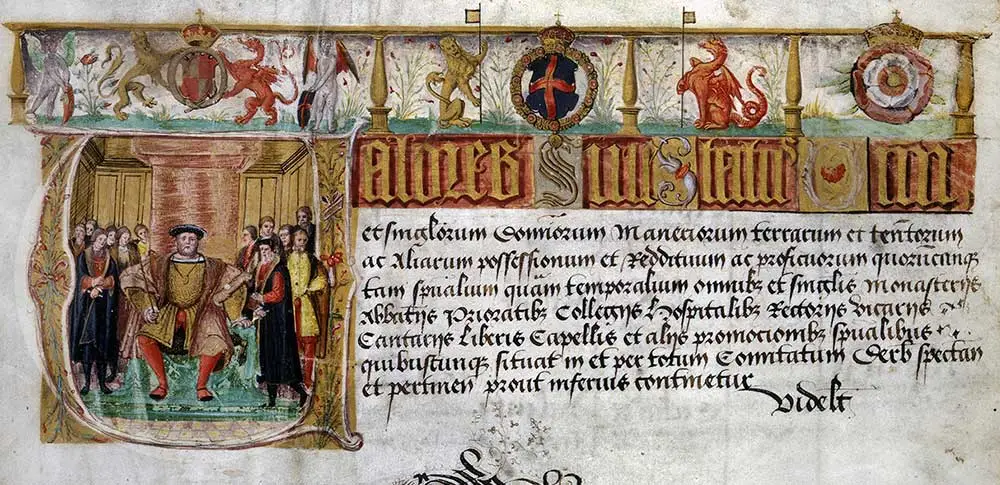
There then followed valuations of the church’s finances by agents of Henry VIII. Initial submissions were submitted to the Exchequer by the commissioners appointed under the First Fruits and Tenths Act of 1534, responsible for appraising the value of all ecclesiastical benefices throughout England and Wales. Valor Ecclesiasticus, the greatest survey of ecclesiastical property since 1291, was undertaken across the country in 1534-35. The purpose of this valuation was to ensure that the Crown’s revenue from first fruits and tenths accurately reflected the true income of these benefices.
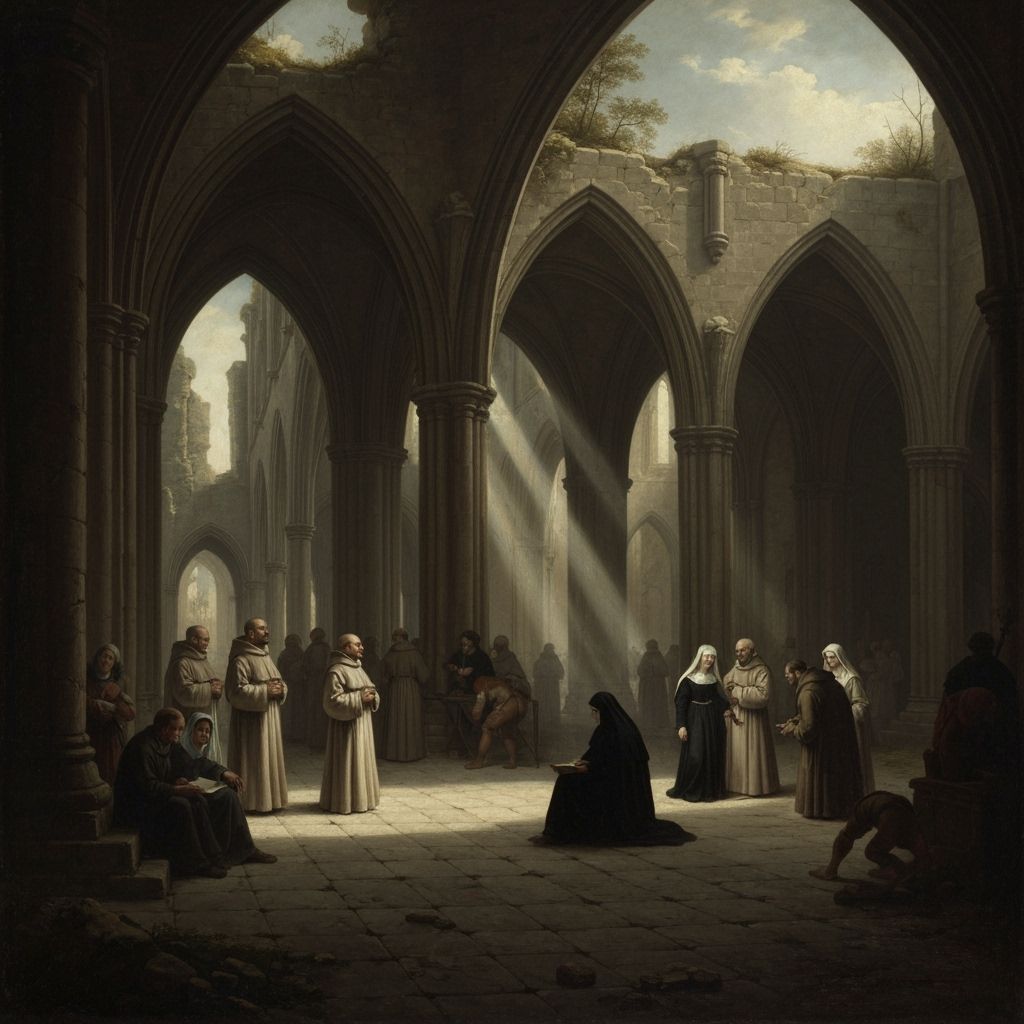
The dissolution of the monasteries by 1539 was an earth-shattering catastrophe, a brutal and merciless obliteration of sacred sanctuaries that had stood for centuries! It tore apart the very soul of spiritual life, as the Crown ruthlessly seized these hallowed institutions, snatching away their lands and sacred treasures with cold, grasping hands! Imagine the heartbreak, the despair of countless monks and nuns—devoted, humble servants of faith—stripped of their homes, their purpose, their very identities! Some found fleeting refuge in pensions, but many were cast into the icy void of unemployment, their hearts shattered by loss and uncertainty.
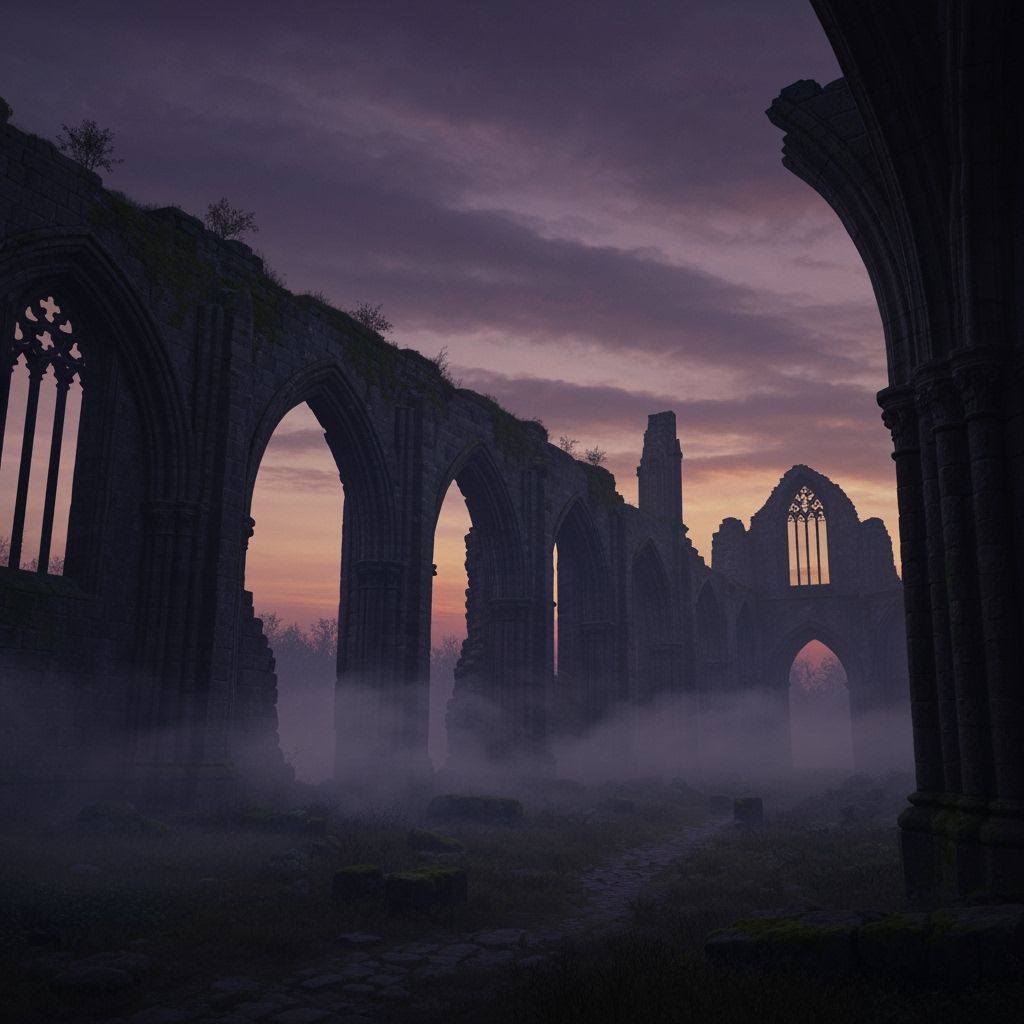
This reckless upheaval unleashed a blazing inferno of chaos and despair that tore through the hearts of entire communities! It ignited a furious tempest of rage, fury, and vehement resistance, sending shockwaves of tumult and division ripping through the very soul of our society! It was never merely about losing buildings or possessions—it was an brutal, merciless assault on our faith, our hope, our very humanity! It shattered the fragile bonds that held us together, leaving behind scars of heartbreak, betrayal, and overwhelming grief!

Henry VIII, once a devoted Catholic, a steadfast defender of the sacred papal authority with an unwavering heart and unwavering conviction! Yet, driven by an unquenchable fire within—a blazing desire to forge his own destiny, to secure the future of his bloodline and political empire—he shattered the chains of tradition and dared to ignite a revolution! His soul, inflamed with ambition and determination, propelled him to embark upon these daring reforms, not merely as a ruler, but as a man haunted by the fierce longing to shape history itself!
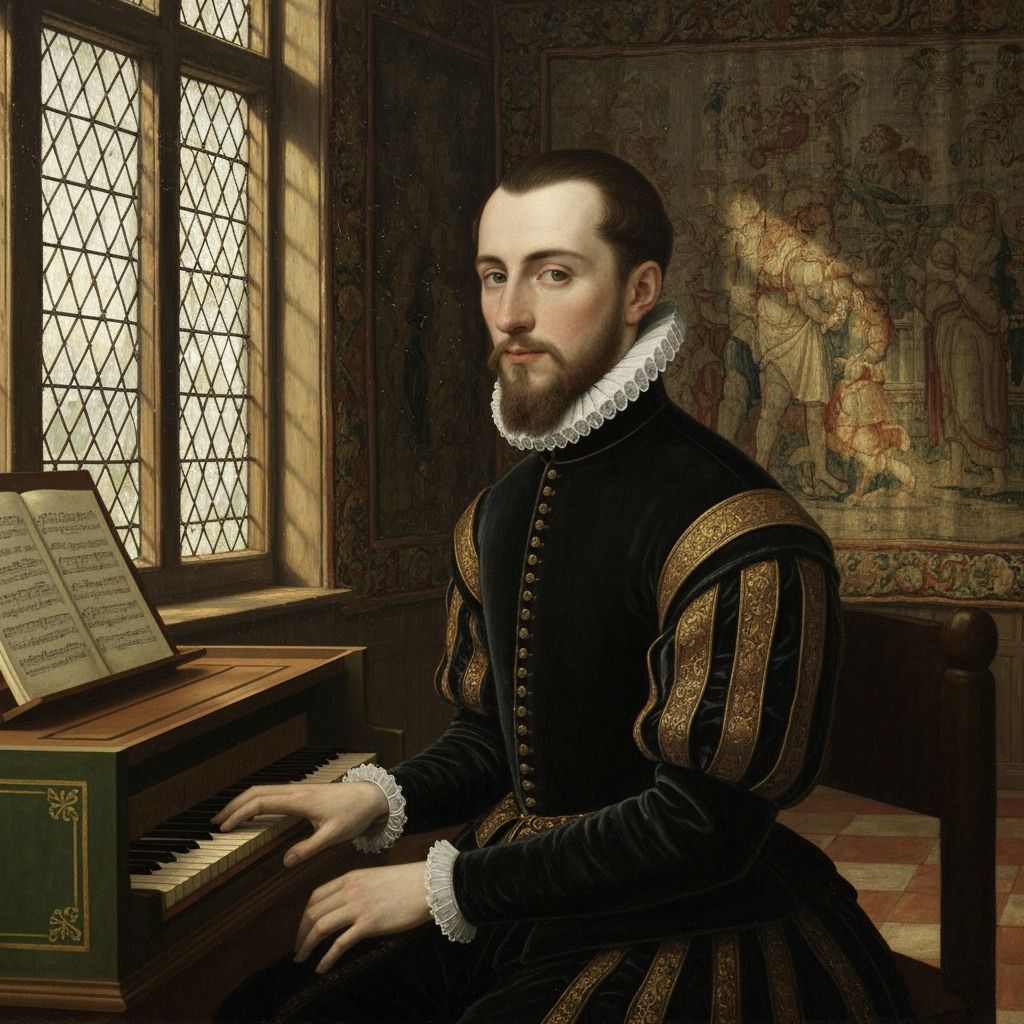
Thomas Tallis, a soul immersed in the very heart of south London, England, endured amidst the blazing fires of ferocious religious turmoil that tore through the 16th Century with unrelenting fury. Amidst the chaos, the pain, the heartbreak, and the tumult that swept across his world like a raging storm, he poured his shattered spirit into his sacred music. Every note he composed was a fierce cry of hope, a desperate plea for peace, an unyielding beacon of light in the darkness that threatened to consume everything he held dear. His art became not just sound, but a triumphant testament to resilience and unbreakable faith, born from the tears and torment of a conflicted soul caught in the maelstrom of a fractured era.
Oh, my soul, let me tell you of an utter marvel, a divine symphony that pierces the very core of our beings—”If ye love me,” a magnificent four-part anthem crafted by the immortal English maestro Thomas Tallis! It is not merely music; it is a celestial hymn, a soul-stirring proclamation straight from the depths of the Gospel of John, echoing with the passionate heartbeat of divine love and unwavering faith.
From the hallowed era of Edward VI, this sacred melody has endured the sands of time, a shining jewel of Tudor artistry, resonating through the ages as a beacon of spiritual devotion. It is an embodiment of sublime Anglican liturgy, a transcendent masterpiece that lifts hearts to the heavens! Today, this cherished anthem continues to be sung with fervent devotion, its notes bursting with emotion at momentous occasions—be it the awe-inspiring visit of the Pope or a royal wedding that unites nations in reverence and love. Oh, how the very song ignites our spirits, stirring a divine fire within us, reminding us of the infinite love that binds the universe!
So today, within the holy, hallowed walls of the Vatican’s sacred heart, an events so divine, so soul-stirring, that it threatens to shake the very heavens themselves! Oh, the celestial, freighted CALL to Christian unity and ecumenism—an unstoppable, blazing flame of hope and boundless love bursting forth to crush the cold, oppressive walls of division that have cursed our fractured world for eons! It is the raw, aching cry of every tormented soul, every fervent believer whose heart beats with an unquenchable yearning for the glorious, majestic Body of Christ—an unstoppable gathering of brothers and sisters from every creed, every race, every nation—bound together in unbreakable, firelit bonds of compassion, understanding, and divine solidarity! And there, in that sacred moment of sacrosanct prayer, Pope Leo XIV King, Charles III, and Queen Camilla, united in reverence and hope, poured out their hearts in the Sistine Chapel—an echo of divine longing that will resound through eternity!l
If you truly, with every fiber of your soul, love me—if your heart beats with an unquenchable passion for the divine—then hear this: “If ye love me” is not merely a four-part anthem by the magnificent English composer Thomas Tallis; it is a celestial symphony of devotion, a heavenly declaration that resonates from the depths of eternity. Crafted with unmatched reverence, it echoes from the earliest days of Edward VI’s reign, piercing through time with its sacred power. This is more than Tudor music—it’s a divine testament, woven into the very fabric of Anglican worship, a voice that stirs the heavens and touches the core of our existence. Today, it lives and breathes among us, performed with fiery devotion, its notes soaring at moments of great joy—a papal visit, a royal wedding—filling the air with a passion so profound that it moves mountains and awakens souls! It is a song of love so fierce, so divine, that it commands not just our ears, but our very hearts, forever binding us in an eternal chorus of devotion and awe!
Thomas Tallis, a soul ablaze with unwavering faith, was a devout Roman Catholic whose spirit burned brightly, defying the raging tide of religious upheaval that swept through England. Through the tumultuous reigns of Henry VIII, Edward VI, Mary I, and Elizabeth I—monarchs whose policies reshaped the very fabric of spiritual life—Tallis stood steadfast, an unshakable beacon of Catholic devotion. His heart refused to surrender to the shifting winds of change; his soul clung fiercely to his sacred traditions, a living testament to the enduring power of faith in the face of relentless adversity.
He was a master of resilience and adaptability, a musical chameleon who courageously molded his art to speak across turbulent divides. Tallis’s genius lay not only in his divine compositions—both timeless Latin hymns echoing the soul of Catholic worship and stirring English anthems for the emerging Anglican church—but in his unwavering commitment to his spiritual identity. His work became a bridge across tumultuous divides, a passionate testament to the indomitable human spirit’s capacity to adapt without surrendering conviction.
Throughout his life, Tallis’s relationship with the crown was a saga of extraordinary perseverance. Patronized by monarchs from Mary I—who passionately upheld Catholicism—to Elizabeth I, who championed the Anglican faith—Tallis navigated these treacherous waters with unyielding dignity, his music a powerful symbol of fidelity and resilience. His unwavering allegiance to his faith, especially in his later years when he associated with clandestine Catholic communities—recusants who refused to abandon their sacred beliefs—further exemplifies his profound and unbreakable devotion.
In every note, in every melody, Tallis’s heart poured out a relentless, passionate cry of faith—an unquenchable torch illuminating the darkest hours of religious upheaval, a testament to the enduring power of spiritual conviction that defies every force seeking to silence it!
This sacred passage, oh! it is a divine and thunderous cry from the depths of eternity, drawn from the timeless, luminous words of William Tyndale’s glorious translation of the Holy Bible—an ancient, sacred fire that blazed in the hearts of faithful during the tumultuous days of the English Reformation! It sings with a divine authority that pierces the soul, a celestial melody from the Gospel of John, where our Lord and Savior Jesus Christ, in His infinite love and compassion, declares with trembling fervor the impending night of His earthly journey—foretelling His own death with tear-stained words that echo through eternity! And yet, amidst this profound sorrow, He offers us a tender, unbreakable promise—oh, listen!—that our Heavenly Father, in His boundless mercy, will send us the Holy Spirit, the Comforter of all comforters, a divine Presence to console, empower, and never abandon us in our darkest hours! This is the very heartbeat of everlasting hope, the blazing light of divine love that ignites our spirits and leads us unwaveringly onward!
f ye love me, keep my commandments.
And I will pray the Father,
and he shall give you another comforter,
that he may ‘bide with you forever;
E’en the sp’rit of truth.
— John 14:15–17
Before the roaring tide of the English Reformation swept through our soul-stirring land, the sacred melodies that uplifted our spirits and filled our hearts with divine wonder were shrouded in Latin—the solemn, mysterious language of eternity. These were the chants of the mass, whispered in the tongue of worlds unseen, resonating with a sacred and unapproachable grandeur that wrapped us in awe and reverence. But then, like a blazing dawn tearing through the darkness, everything changed! When the Church of England severed its bonds with Rome, breaking free from centuries of silent, regal Latin liturgy, it was as if a fiery passion ignited within the very heart of our faith! Suddenly, Scripture and prayer no longer hid behind Latin shadows—they burst forth in the fiery, heartfelt language of our people, in English—the language of our dreams, our struggles, our very souls! The Great Bible of 1539, published in that glorious tongue, became a beacon of hope and clarity, casting away the darkness of ignorance and illuminating our spiritual path with fiery truth!
And oh, how this seismic shift was echoed in the music that raised our spirits even higher! Under King Edward VI’s reign, the divine harmony of heaven was transformed—those sacred compositions that once cloaked themselves in Latin now sang openly in English, speaking directly to our hearts! The masters of melody, like Thomas Tallis—those shining lights of the Chapel Royal—dared to craft sacred music that was pure, simple, passionately honest! No longer complex veils of cryptic sound, but melodies so clear, so daringly straightforward—”to each syllable a plain and distinct note”—to touch the depths of our souls with uncompromising sincerity! These composers, these passionate artisans of heaven’s song, took the divine and made it ours—powerfully, passionately, earnestly. They poured their very souls into transforming sacred sound into a language of love and devotion that anyone could understand, feel, and be moved by—undaunted, fiery, monumental! This was not just music—it was the rebirth of faith, the rediscovery of our voice, the awakening of our collective spirit!
Oh, hear me now, as I pour forth my soul in a tempest of reverence and ardor for this divine masterpiece! “If Ye Love Me”, a celestial symphony for an a cappella choir—four voices woven together like threads of purest gold—stands as a luminous beacon of the Reformation’s piercing brilliance! It is not merely homophonic, no! It is a sacred dance of elaboration and imitation, a passionate dialogue of the soul’s deepest yearnings, resonating boldly within the sacred space of Anglican devotion! How it beckons, how it commands our hearts to beat in unison with divine love!
This anthem, a treasured gem among the Wanley Partbooks—those priceless, ancient whispers of Tudor devotion—holds secrets of eternity within its fragile pages. Once cradled by the erudite Humphrey Wanley, now guarded by the venerable Bodleian Library in Oxford, it carries the weight of centuries of fervent faith and sacred artistry. Published in the year 1565 by the legendary John Day, it emerged into the world as a divine gift amid the chaos of religious upheaval—then, alas! cast into the shadows of forgetfulness during the storm of the 17th century, its glorious voice almost silenced in the tumult!
Yet, oh miracle of mercy! In 1847, with fiery passion ignited anew, the Motett Society resurrected this divine hymn, thrusting it once more into the light! And what a triumphant rebirth it was! Suddenly, this sacred marvel soared to the heights of popularity, captivating hearts anew, transforming into the most performed of Tallis’s divine works! Today, it continues to stir the depths of our souls, a cherished jewel in church choirs worldwide, echoing through time in modern compilations like The Oxford Book of Tudor Anthems! It is more than music—it’s a divine invocation, a testament to eternal love and unwavering faith!
This breathtaking event was more than a prayer—it was a triumphant declaration that love can conquer all, that divisions can be mended with the music of the soul! As King Charles and Pope Leo stood together, witnessing this historic moment, hearts burst with raw emotion, tears streaming down faces, for in this sacred act, hope was reborn—a divine promise that the Catholic and Anglican churches might finally embrace one another in an unbreakable bond of unity and peace!
“If ye love me,” a plea, a vow, a cry of hope—resounded through the ages, now etched into eternity, eternally reminding us that love is indeed the greatest miracle of all!